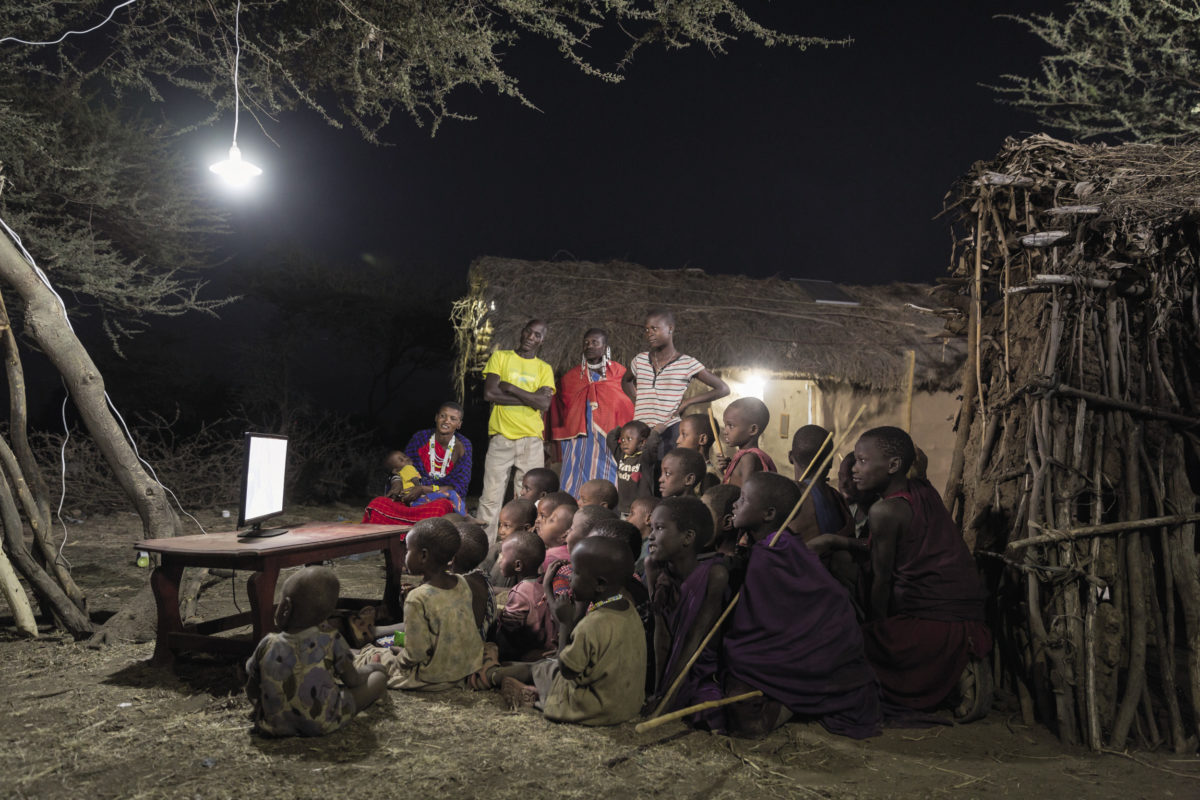Crossboundary Energy Access (CBEA) claims to be Africa's first financing facility set up for the development of mini-grids. Estbalished in January of this year, CBEA has just announced its first transaction. Its initial $5.5 million investment will support the development of 60 mini-grids in Tanzania to serve approximately 34,000 people in rural areas.
The funding facility, established via investments from the Rockefeller Foundation and oil major Shell Foundation, inked a $3 million loan agreement with the Renewable Energy Performance Platform (REPP), a UK government-backed funding platform managed by Camco Clean Energy. According to the new transaction announcement, REPP will provide a long-term senior loan, which is structured as project finance debt. As part of the joint financing scheme, PowerGen Renewable Energy will develop the 60 mini-grids, and soon after completion, will sell the mini-grids to CBEA.
The approach will allow CBEA will serve as the long-term owner, and PowerGen to recycle capital and focus on developing more projects. Both companies will maintain a stake in the projects' success, as PowerGen will continue to maintain and operate the systems.
Historically, minigrid assets had been considered too small to attract long-term financing at reasonable conditions. CBEA was established to provide long-term financing for mini-grids in Africa on a project finance basis. Such type of financing had previously only been used to realize large-scale solar projects. The overarching fund seeks to unlock $11 billion to establish electrification of 100 million people. CBEA said its initial focus will be on markets with supporting regulatory frameworks, such as Tanzania, Nigeria, and Zambia.
“This first investment for CrossBoundary Energy Access is a significant step towards unlocking the private and public capital needed to scale the mini-grid sector,” stated Matt Tilleard, co-managing partner of Crossboundary Energy Access. “At Crossboundary, we believe that distributed renewables will be crucial to powering African homes, businesses, and industries. Our role is to mobilize the financing to make it happen.”
Popular content
There are some 600,000 people in Sub-Saharan Africa who are currently living without electricity, marking the lowest electrification rate in the world with less than 43%. In a July 2018 report, Frost & Sullivan attested that 80% of the households without access to electricity in Sub-Saharan Africa are located in rural areas. In West Africa alone, IRENA identified a PV potential of 20 GW by 2030 to bring electricity to these rural homes, at costs more competitive than a grid connection.
This content is protected by copyright and may not be reused. If you want to cooperate with us and would like to reuse some of our content, please contact: editors@pv-magazine.com.



3 comments
By submitting this form you agree to pv magazine using your data for the purposes of publishing your comment.
Your personal data will only be disclosed or otherwise transmitted to third parties for the purposes of spam filtering or if this is necessary for technical maintenance of the website. Any other transfer to third parties will not take place unless this is justified on the basis of applicable data protection regulations or if pv magazine is legally obliged to do so.
You may revoke this consent at any time with effect for the future, in which case your personal data will be deleted immediately. Otherwise, your data will be deleted if pv magazine has processed your request or the purpose of data storage is fulfilled.
Further information on data privacy can be found in our Data Protection Policy.